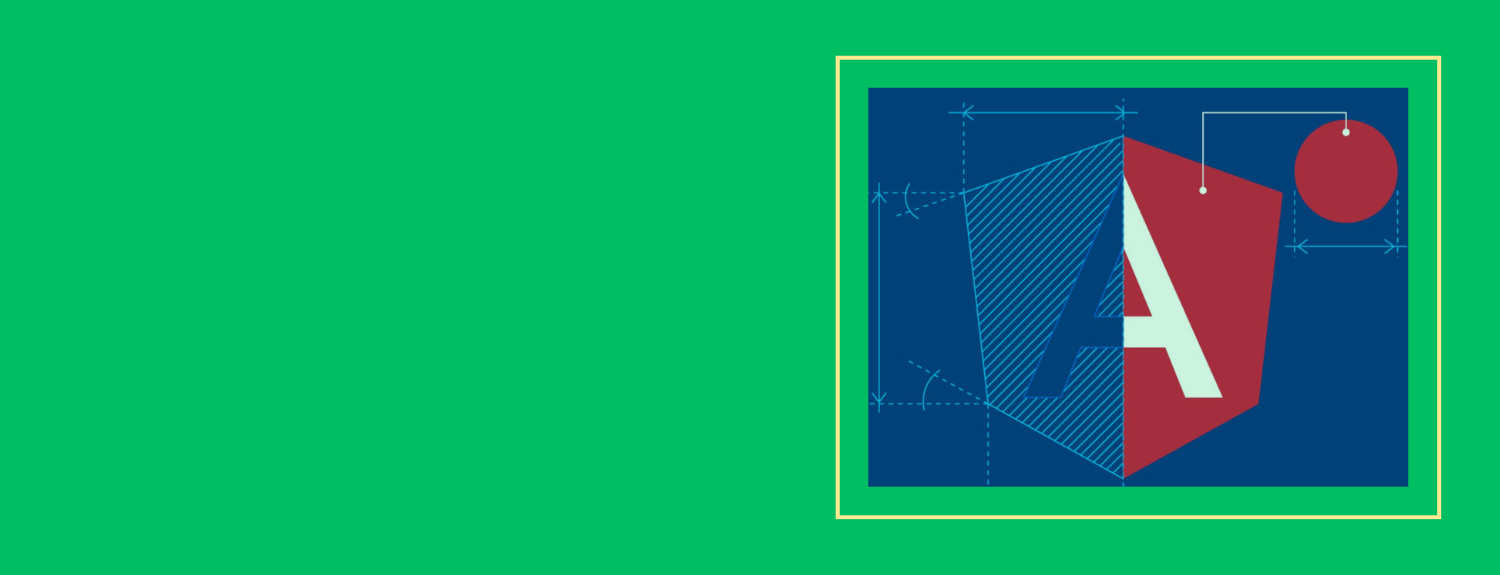Angular, a stalwart in the world of web application frameworks, is set to undergo a significant transformation. The introduction of a new template syntax is poised to redefine the way developers interact with Angular, making it more accessible and functional. This shift is expected to bring Angular in line with the functional approach of the Svelte Template Syntax, a popular alternative.
The Evolution of Angular
Angular’s team has set its sights on overhauling the existing structural directives – NgIf, NgForOf, and NgSwitch. The goal is to replace these with a more modern, macro-like syntax. This new syntax not only ensures backward compatibility, allowing developers to use both the old and new styles in different files, but it also aims to enhance readability and adaptability.
The trackByFunction: An Example
Consider the trackByFunction in Angular, a custom function used for optimizing performance when iterating over large collections using *ngFor. In the new syntax, it will work with properties rather than just functions. This means that Angular will track changes in the collection based on each item’s id, thereby improving efficiency when the collection is updated.
Here’s a glimpse of the new syntax:
{#for item of items; track item.id; let idx = $index, e = $even}
Item #{{ idx }}: {{ item.name }}
{/for}The New If-Else and Switch Blocks
The new control flow brings a more intuitive way of working with if-else and switch blocks. One of the standout features is the ’empty’ block, which allows developers to display a template when there are no items in the list. The switch block, on the other hand, replaces *ngSwitch, offering benefits like enhanced template type-checking and eliminating the need for container elements to hold condition expressions.
Here’s a quick peek at how it would look:
{#switch condition}
{:case caseA} Case A.
{:case caseB} Case B.
{:default} Default case.
{/switch}Migration: A Smooth Transition and Future Opportunities
The Angular team is working on an automated migration schematic to convert from the old to the new syntax, promising a relatively smooth transition. However, developers might need to be cautious about any custom diffing algorithm used in their applications as it could affect the new ‘for’ directive’s behavior.
Looking ahead, the Angular team envisions extending this new syntax to accommodate more JS loop flavors, including async iteration, and for-in loops. Potential future improvements also include virtual scrolling and destructuring support.
The Road Ahead: Excitement and Concerns
While these changes are exciting, they also raise a few concerns. The transition period will introduce many options to handle reactivity: RxJS, Signals, Promises, Change Detection (zone.js), and two ways of writing templates. This could potentially slow down the transition process. The question remains: is the cost of these advancements worth what we are getting in the end?
Your Thoughts Matter
These changes are not just about Angular’s evolution but also about the impact on the developer community. As such, your thoughts and feedback are crucial. Do you believe this proposed syntax change is necessary? Will it enhance your Developer Experience (DX) and make Angular more appealing to developers who previously preferred different frameworks?
Here’s a glimpse of the new if-else syntax:
{#if cond.expr}
Main case was true!
{:else if other.expr}
Extra case was true!
{:else}
False case!
{/if}This new syntax is more intuitive and easier to read, which could potentially attract more developers to Angular.
Conclusion
The introduction of the new template syntax in Angular is a significant step forward. It promises to make the framework more accessible, functional, and efficient. However, as with any major change, it comes with its own set of challenges and concerns. As developers, it’s important to embrace these changes while also critically evaluating their impact on our work.
Let’s continue the conversation and share our thoughts on this exciting development in Angular. After all, it’s our collective insights and experiences that will shape the future of this beloved framework.
FAQs
- What is the new template syntax in Angular?
- The new template syntax in Angular is a more modern, macro-like syntax that replaces the existing structural directives. It is more intuitive and easier to read.
- What are the benefits of the new syntax?
- The new syntax improves readability, adaptability, and performance. It also allows for a smoother transition from the old syntax and is backwards compatible.
- What is the ’empty’ block in the new syntax?
- The ’empty’ block is a feature that allows developers to display a template when there are no items in the list.
- How will the new syntax affect the migration process?
- The Angular team is working on an automated migration schematic to convert from the old to the new syntax, promising a relatively smooth transition. However, developers might need to be cautious about any custom diffing algorithm used in their applications as it could affect the new ‘for’ directive’s behavior.
- What future opportunities does the new syntax present?
- The Angular team envisions extending this new syntax to accommodate more JS loop flavors, including async iteration and for-in loops. Potential future improvements also include virtual scrolling and destructuring support.
- The Angular team envisions extending this new syntax to accommodate more JS loop flavors, including async iteration and for-in loops. Potential future improvements also include virtual scrolling and destructuring support.
Quiz Time
Subscribe to our email newsletter to get the latest posts delivered right to your email.


Comments